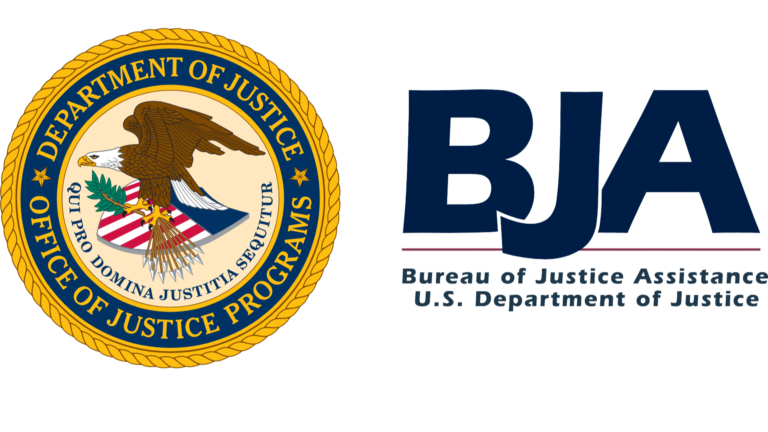Justice Reinvestment in Action: Eliminating Concurrent Supervision in Kansas
As a result of Kansas’s Justice Reinvestment Initiative, in 2022, the state passed criminal justice legislation that addressed an ongoing problem in its community supervision system: concurrent supervision.
In most states, community supervision is facilitated by one state entity. Kansas is unique in having a trifurcated supervision system. This system design can cause a person involved in several court cases to be under supervision by one, two, or all three supervision agencies simultaneously.
In 2019, between 5 and 15 percent of the supervision population in Kansas (1,200–3,600 people) were being supervised by more than one supervision entity. The new legislation will render these situations far less likely by ensuring that people can only be supervised by one entity at a time.
The Problems with Concurrent Supervision
“Our biggest concern regarding concurrent supervision practices is ensuring more transparent information-sharing standards between the agencies involved. Dual supervision can often cause inefficient use of limited staff time, resources, and taxpayer dollars,” said Kansas Department of Corrections (KDOC) Secretary Jeff Zmuda.
Specifically, concurrent supervision can be harmful due to inconsistent communication between supervision agencies, unnecessary drug and alcohol testing, conflicting conditions of supervision, duplicative sanctions for behaviors, and multiple supervision agency fees. These challenges increase a person’s chances of failing on supervision and being revoked to prison, which can, in turn, increase the prison population.
By eliminating concurrent supervision, the state is promoting success for people on supervision, eliminating duplicative services, prioritizing supervision staff time for serving people most at risk of failure, and ensuring a fiscally responsible use of taxpayer resources.
How These Changes Will Be Implemented
The 2022 legislation called for modifications to the statute that provides guidance for judges to transfer jurisdiction of a case to another court to ensure that a person is supervised by only one agency. If multiple courts retain jurisdiction, the statute directs KDOC and the Office of Judicial Administration (OJA) to develop a concurrent supervision memorandum of understanding (MOU) to make sure there is only one active supervision agency.
The community supervision interagency work group, composed of representatives from OJA, KDOC, the Prisoner Review Board, community corrections entities, Court Services, Center for Effective Public Policy, and CSG Justice Center staff, met monthly from June 2022 to March 2023 to develop and execute the MOU.
The MOU will serve as a roadmap for Kansas supervision agencies for how to address people on dual supervision. It provides an overview of the criteria for determining the primary supervision agency; procedures for transfer, supervision services, termination of supervision, and resolution; data and case tracking; and the MOU review process.
“Our goal is to maintain public safety by helping people successfully transition from prison into the community. If a person is on supervision in multiple jurisdictions, not only is that an inefficient use of resources, but it can be detrimental for a person’s success on supervision. The legislation and the MOU will ensure that supervision agencies are being effective and keeping Kansans safe,” said Zmuda.
Ultimately, eliminating concurrent supervision will reduce failures on supervision. In addition, the MOU is expected to help promote best practices and improve system effectiveness by reducing redundancies and inefficiencies and improving coordination and collaboration between supervision agencies.

This project was supported by Grant No.2019-ZB-BX-K002 awarded by the Bureau of Justice Assistance. The Bureau of Justice Assistance is a component of the Department of Justice’s Office of Justice Programs, which also includes the Bureau of Justice Statistics, the National Institute of Justice, the Office of Juvenile Justice and Delinquency Prevention, the Office for Victims of Crime, and the SMART Office. Points of view or opinions in this document are those of the author and do not necessarily represent the official position or policies of the U.S. Department of Justice.
